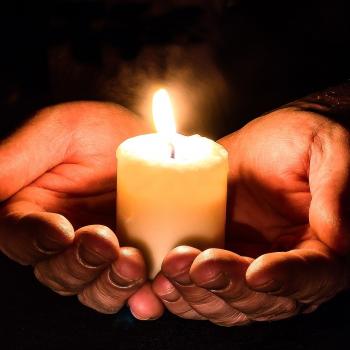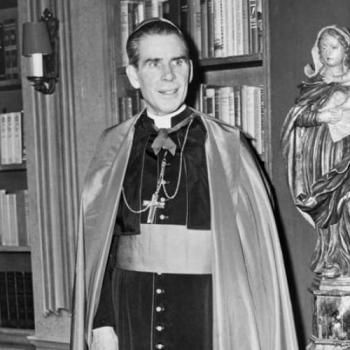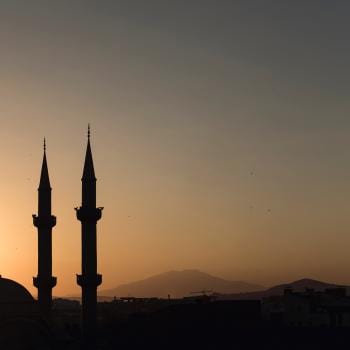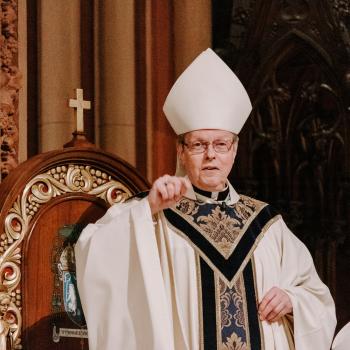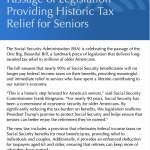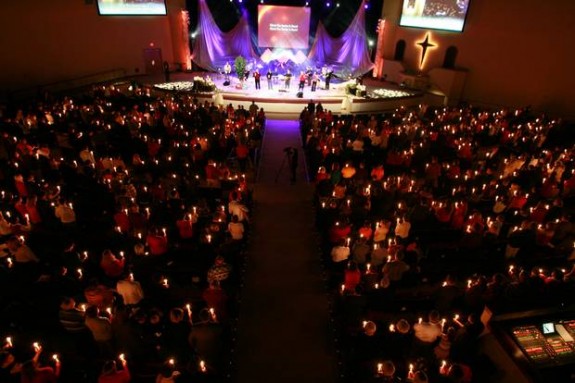
That’s how the local paper characterizes the shifting religious landscape in what was once a staunch Catholic stronghold, Buffalo, New York.
Nearly half the residents in the Buffalo Niagara region are considered “unclaimed” by a religious group — a stunning change from just a decade ago, when the percentage of the population affiliated with a faith tradition was higher here than in any other metropolitan area in the country.
Catholicism, most mainline Protestant denominations, Judaism and some evangelical denominations in the Buffalo Niagara region experienced huge membership declines between 2000 and 2010, according to the Association of Statisticians of American Religious Bodies, which last week released the results of the latest U.S. Religion Census.
The study also showed exponential growth of the local Muslim community, which is now estimated at 18,483 people in Erie and Niagara counties, up from about 5,400 a decade ago.
That makes Islam the second most-practiced world religion in Western New York, behind Christianity.
Judaism slipped to third, with a total of 8,084 adherents in Buffalo Niagara, down from an estimate of 20,150 in 2000.
The Buffalo Niagara region had a population loss of less than 3 percent — about 34,000 people — between 2000 and 2010. At the same time, membership in a religious tradition fell by 31 percent, or more than a quarter of a million people.
“That’s a pretty big drop,” noted Dale E. Jones, who conducted data analysis and mapping for the 2010 U.S. Religion Census.
The unclaimed category consists of 514,314 people and is now the single largest segment of the Buffalo Niagara population, when compared with the area’s religious groups.
But it doesn’t mean that all of those people have lost religious faith, Jones said.
“In one sense, it’s going to be a big number because it’s a catchall,” he said.
Other national studies still show that most Americans profess to be Christians.
“If you go knock on doors, 80 to 85 percent of people will tell you they’re Christian,” Jones said, “but they’re not Christian enough to belong in the local congregations.”
Catholicism alone lost more than a third of its members in Erie and Niagara counties — 217,944 parishioners in all — over the last decade, according to the census.
However, the chief researcher at the Catholic Diocese of Buffalo estimated the 10-year loss to be far less than what the census cites.
“It all comes down to how are you counting your members,” said Sister Regina Murphy, director of diocesan planning and research. “I know there’s been diminishment, but not quite 35 percent.”
Murphy pegged the membership loss in area parishes over the decade at about 19 percent, rather than the 35 percent cited in the study.


